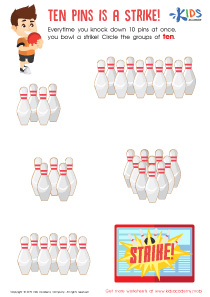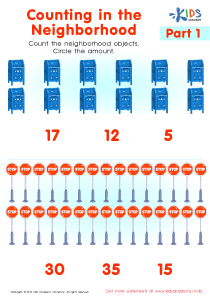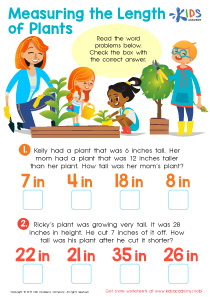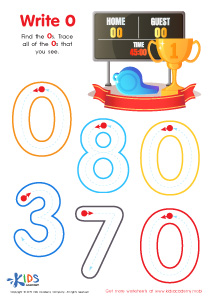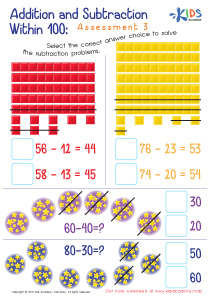Easy Numbers 11–20 Worksheets for Ages 3-7
8 filtered results
-
From - To
Support your child's number skills with our Easy Numbers 11–20 Worksheets designed for ages 3-7! These interactive and fun printables help young learners master counting, recognition, and writing of numbers from 11 to 20. Featuring engaging illustrations and varied activities, our worksheets enhance early math abilities and boost confidence. Perfect for parents and teachers, they are crafted to meet educational standards and keep your little one entertained while learning. Ideal for home or classroom use, these resources make learning numbers exciting and effective. Discover the joy of numeracy with our easy-to-use worksheets today!
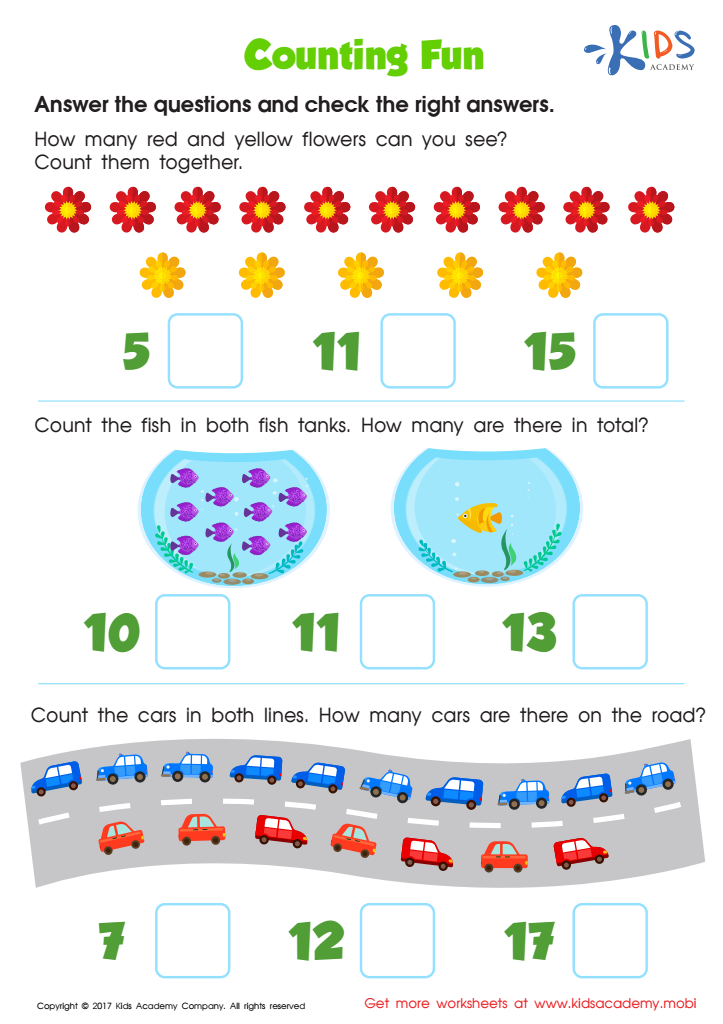

Counting Fun Worksheet
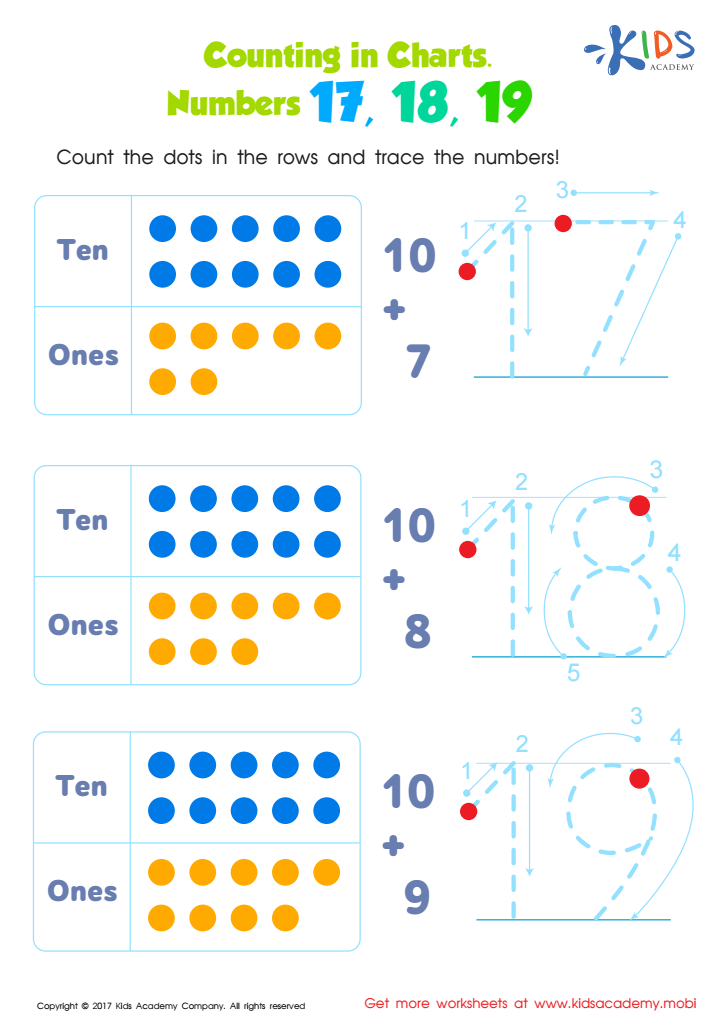

Kindergarten Number Tracing: Counting in Charts Worksheet
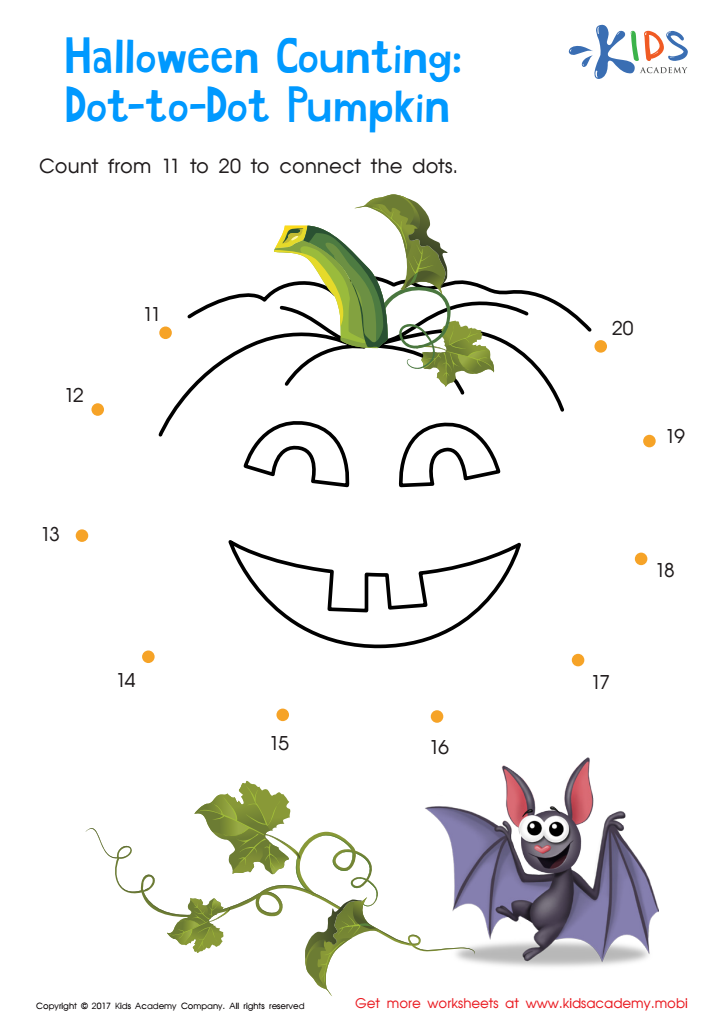

Ordering 11–20: Halloween Counting Worksheet
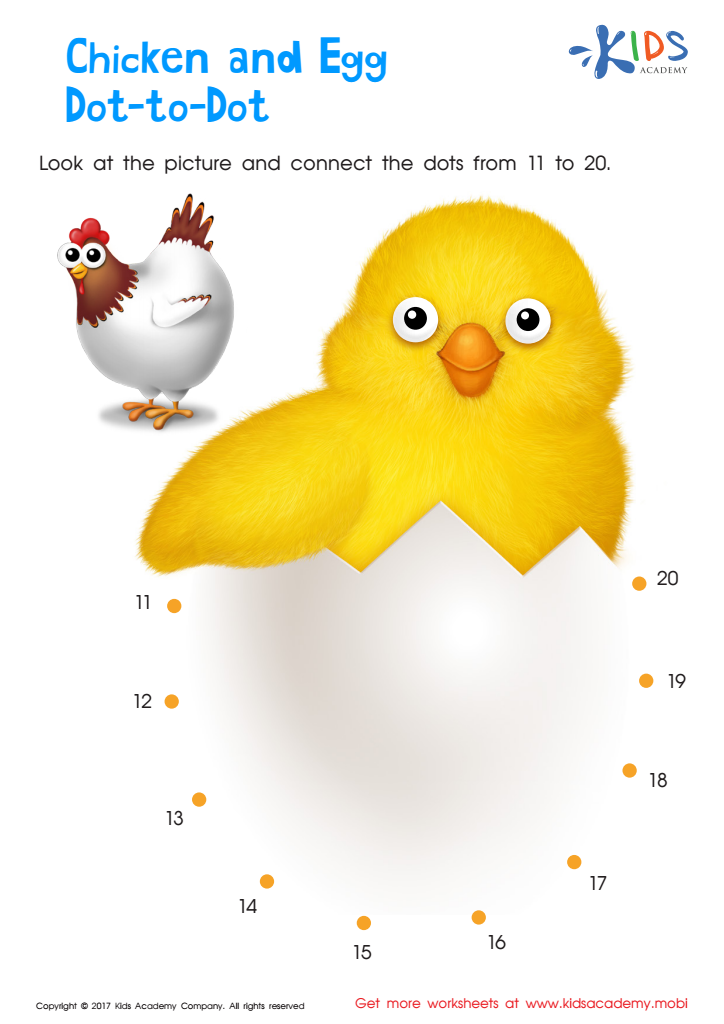

Ordering 11–20: Chicken & Egg Dot–to–dot Worksheet
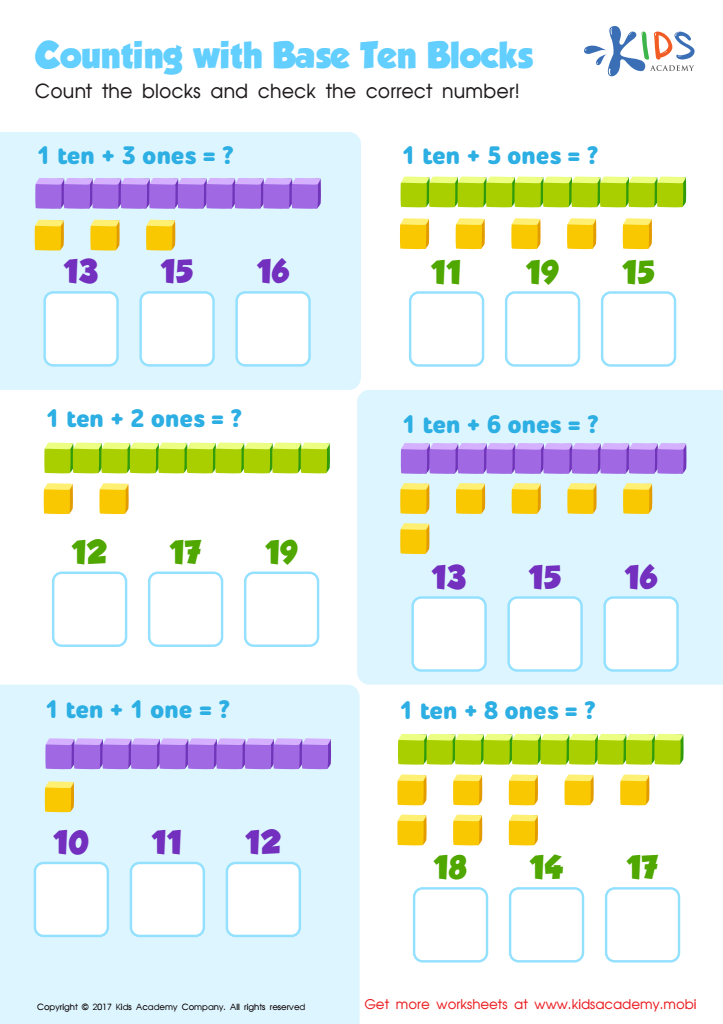

Counting with Base Ten Blocks Worksheet
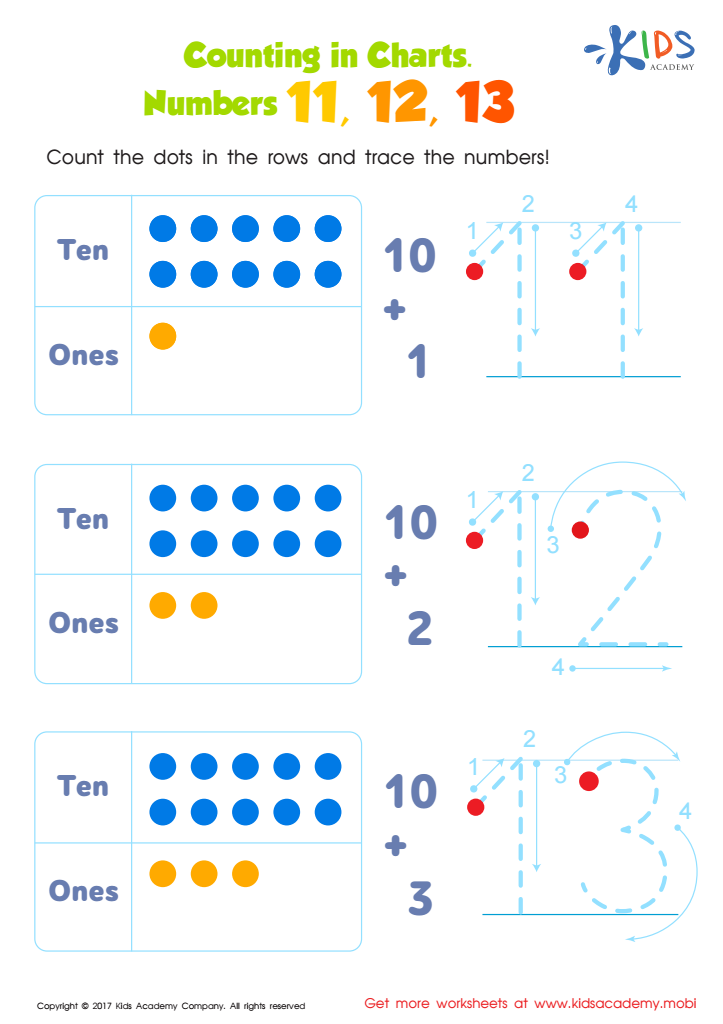

Number Tracing Worksheet For Kindergarten


Number Tracing Worksheet
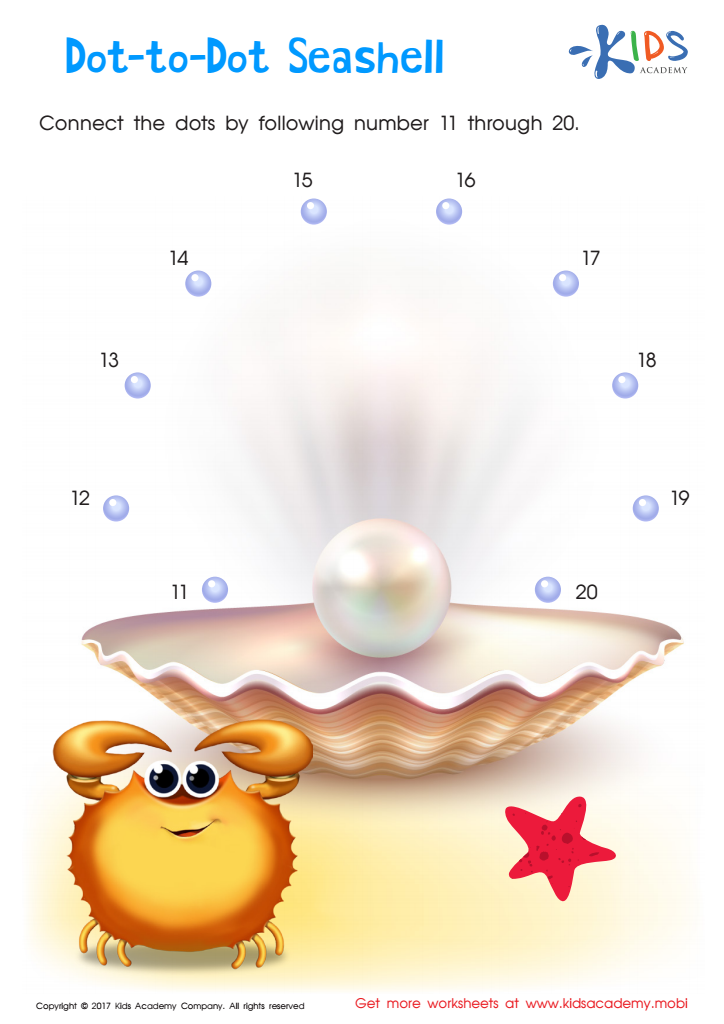

Ordering 11–20: Dot–to–dot Seashell Printable
Understanding numbers 11-20 is a crucial milestone for young children aged 3-7 because it lays the foundation for mathematical competence that extends beyond single digits. Parents and teachers should prioritize this learning because it encompasses not just rote counting but also critical cognitive processes including number recognition, quantity association, and basic addition and subtraction skills.
At this age, children are in the pre-operational stage of cognitive development, as noted by Piaget. This means they need concrete experiences to grasp abstract concepts. Engaging with numbers 11-20 provides them with tangible practice in grouping and place value, which are foundational skills for learning higher math concepts like multiplication, fractions, and algebra.
Moreover, mastering these numbers boosts a child's confidence and supports a positive attitude towards math, reducing anxiety later on. Encouraging a familiarity with 11-20 also enhances their problem-solving and logical thinking abilities, applicable in real-world scenarios. Activities such as counting games, story problems, and playful exercises can make learning enjoyable and more meaningful for young minds.
In summary, focusing on numbers 11-20 is imperative because it supports both immediate academic success and long-term intellectual development, forming a robust groundwork for all future mathematical learning.
 Assign to My Students
Assign to My Students



